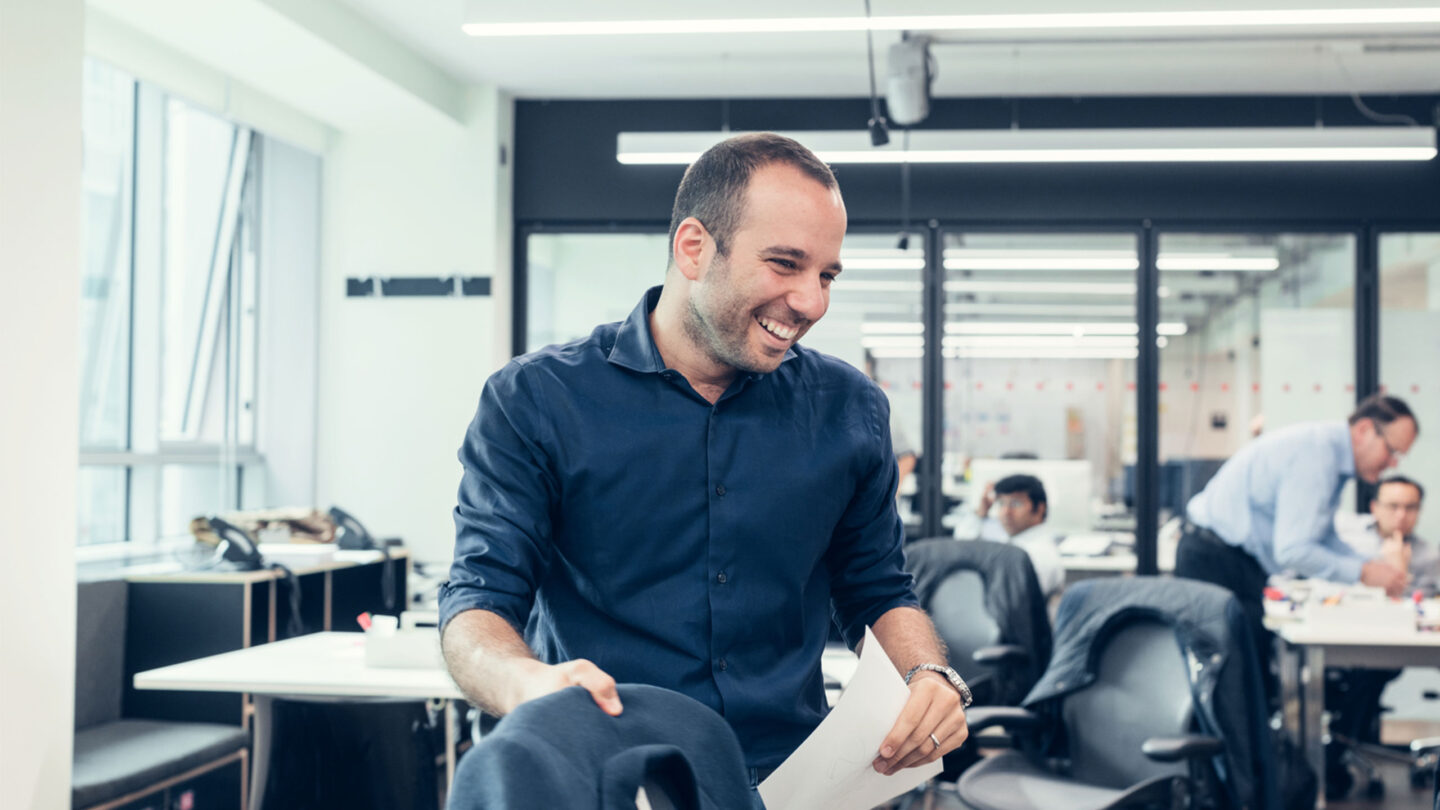The process of making traditional nylon is energy and water intensive, it emits greenhouse gases and pollutes the air. Chemical engineering professor Miguel Modestino and professor Sophia Haussener looked to the sky and came up with the idea of solar textiles – a production process for nylon that uses only water, plant waste and solar energy.
“Nylon is made via reactions that require electricity. That allows us to incorporate solar cells into the chemical production process.”
Miguel Modestino
With this mind blowing innovation they won the Global Change Award in 2017. The Global Change Award is an innovation challenge initiated by H&M Foundation in 2015, to speed up the shift to a more circular and sustainable fashion industry. Five ground breaking innovations are selected each year by an international Expert Panel. The winners share a grant of 1 million euro and embark on an Innovation Accelerator Program to further develop their innovation and hopefully bring to the market quicker.
Since winning the award, the team has progressed fast. They are currently moving from lab scale to pilot scale reactors, which will make it easier to meet and discuss with potential customers. Their vision is to reach full pilot scale by 2022.
In August 2019, the team found a way to greatly improve the efficiency of the process to make the nylon production more sustainable. Their success is thanks to their use of artificial intelligence (AI), which helped them achieve a 30% improvement in production. “Instead of using a classical research model involving lengthy experimental campaigns, AI tools can help us predict experimental outcomes. To the best of our knowledge, this is the first time AI has been used to optimize an electrochemical process,” Miguel said.
The next step for the team is to use this AI approach to accelerate their research endeavours.
